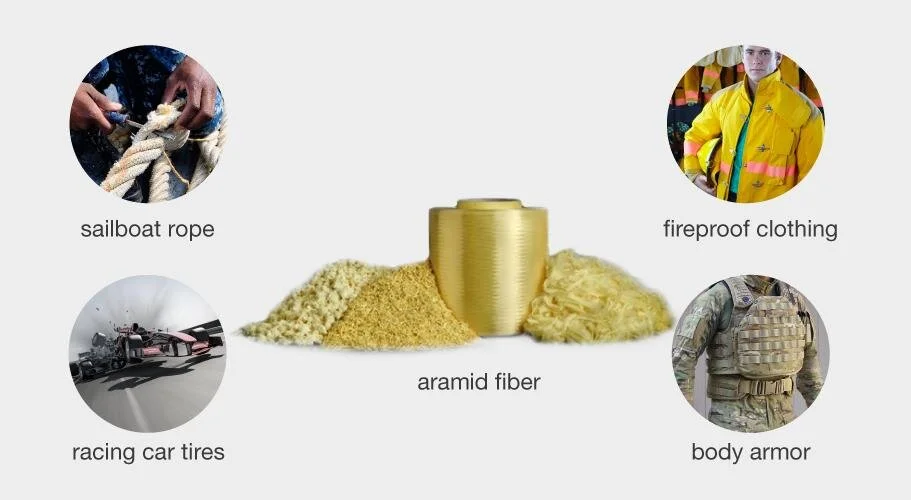Understanding your racing suit.
Is your suit Flame Resistant or Flame Retardant?
Flame resistant fabrics are made from materials that are inherently nonflammable - the materials have flame resistance built into their chemical structures. Fabrics made with these types of materials are designed to prevent the spread of fire and will not melt or drip when in close proximity to a flame. Because flame resistant fabrics are not usually made from 100% flame resistant materials, they will burn, but will do so very, very slowly and are often self-extinguishing.
Flame retardant fabrics are chemically treated to be slow burning or self-extinguishing when exposed to an open flame. These fabrics can be made from any material, but they must be treated with special chemicals to qualify as flame retardant.
Treated cotton…
Treated cotton fabrics have literally been treated with a fire-retardant chemical, usually sprayed on. Their advantage is low cost but that’s about it. The fabric is heavy with a life expectancy of somewhere between 25 - 45 washes. Dry cleaning is also problematic, and never recommended since the suit can be exposed to unknown, and possible hazardous chemicals
Introductory, budget-priced SFI suits are often treated cotton, but not all.
Aramid…
Aramid fibers are flame resistant. Aramid states the use of an aromatic fiber. Aromatic fibers are highly engineered and 100% synthetic. They are marketed under different trade names, including Nomex (DuPont), Kevlar, Technora, Teijconex, Tawron.
Aramid fibers have excellent thermal, chemical and radiation resistance. They will not sustain combustion in air or melt when exposed to a flame. In addition the fiber is ultra strong but still light. And none of these properties can be washed out.
Not identical…
Aramid racing suits are not identical although they do pass the minimum fire resistant standards. The outer, flame-resistant fabric will have been woven with varying percentages of aramid fibers - hence the price differences. (Nomex is very expensive.) The top auto racing suits are almost 100% aramid. You will be able to see the synthetic sheen on these suits. At the same time their weight drastically diminishes since these fibers are fine and light. In motorsports frequently - less (weight) means more (money) because it’s state-of-the-art technology and engineering.
TTP (thermal protective performance)
SFI 3.2A AND FIA 8856-2018
SFI & FIA are the primary sport racing safety certification councils. They operate separately yet their mission is the same - to maximize driver and vehicle safety using current technology, science and testing. They publish and oversee minimum safety standards. The SFI use TPP (Thermal Protective Performance) to correlate their fire-resistant ratings. The FIA now uses HTI (Heat Transfer Index.)
SFI 3.2A Spec is used for fire-retardant apparel. FIA uses a code starting with 8856 followed by a date, which refers to the year that homologation was introduced. The latest is 8856-2018. However, 8856-2000 is still a good and accepted standard as long as the suit is a good and clean condition.
Note: Please dismiss the common misunderstanding that a SFI 3.2A/5 suit means the suit has 5 layers.
To reach a TPP & HTI rating the suits material are subject to both a direct flame and a radiant heat measure. The thread, zippers, and cuffs also have to be tested.
To ease understanding the results are translated into seconds. That is the number of seconds the fabrics prohibits the body from receiving a second degree burn.
SFI Rating TPP Value Time to 2nd Degree Burn.
2A/1 - 3 Seconds (TPP 6)
3.2A/3 - 7 Seconds (TPP 14)
3.2A/5 - 10 Seconds (TPP1 9)
3.2A/10 - 19 Seconds(TPP 38)
3.2A/15 - 30 Seconds (TPP 60)
3.2A/20 - 40 Seconds (TPP 80)
THE RADIANT HEAT PORTION OF THE SPEC IS SIGNIFICANT BECAUSE THE MAJORITY OF RACER BURNS ARE CAUSED BY HEAT TRANSFER RATHER THAN DIRECT FLAME. INSULATION IS THE BEST WAY TO PREVENT THIS KIND OF BURN. USING MULTIPLE LAYERS OF FABRIC HELPS KEEP THE HEAT SOURCE AWAY FROM THE SKIN LONGER BECAUSE EACH LAYER CREATES AIR GAPS THAT FIRST HAVE TO HEAT UP. THE EXTRA SECONDS GAINED WITH EACH LAYER ARE PRECIOUS TO A DRIVER TRYING TO ESCAPE FROM A BURNING CAR. (SFI FOUNDATION)

The suits TPP
How manufacturers achieved these ratings depends on the fabric, the construction and the numbers of layers used.
Aramid suits’ fabrics are woven with inherent fire-resistant threads such as Nomex (DuPont patented.) These are very expensive threads so companies often weave the fabric with other organic materials such as cotton. This obviously causes the suit to be less fire resistant. Consequently manufacturers will add additional layers to achieve the SFI and/or minimum standard. This is why the less expensive suits are thicker and heavier.
Other things to remember:
Keep your suit clean. Grease, fuel, oils, fluids, and their fumes will soak into the fabric creating a conduit for fire, support the flames and lead to a combustible situation. We recommend using Molecule products to maintain, protect and prolong the life of your suit. Molecule was created by a racer/chemical engineer specifically for technical, fire-resistant fabrics. It is not expensive and much safer than taking your suit to a dry cleaner.
Air layers and air pockets increase the suits fire resistance. The suits quilting is used to create air pockets. Tight suits are counter productive. Wearing fire-resistant underwear adds to the TPP or HTI. Certified underwear’s minimum TPP 6 adds (at minimum) an extra 3 seconds (now 5 seconds for FIA) - plus creates another air layer.
All suits pass the minimum SI and/or FIA standards - the better brands surpass them. You are not just paying for that cool logo.
Patches should have a fire-retardant backing, and be attached following manufacturers instructions. Nomex thread is best yet recently not mandated.
Embroidery, unless created with an aramid thread should only be attached to the outer layer of the suit, and not sewn through all the layers.
Screen printed and sublimation printed. Relatively new but gaining popularity. The suits’ fabrics and inks are pre-approved for their fire-retardancy.
Always follow the manufacturers instructions for the proper maintenance of your suit. In addition we recommend you do not hang the suit in the sun. UV rays are harmful to all aramid fabrics, including damaging the color. We also recommend hanging the suit inside-out to air the suit. Spraying the lining with Molecule Refresh helps refresh the suit and deal with perspiration. When not in use, or off season, hang the suit - do not keep it folded.




